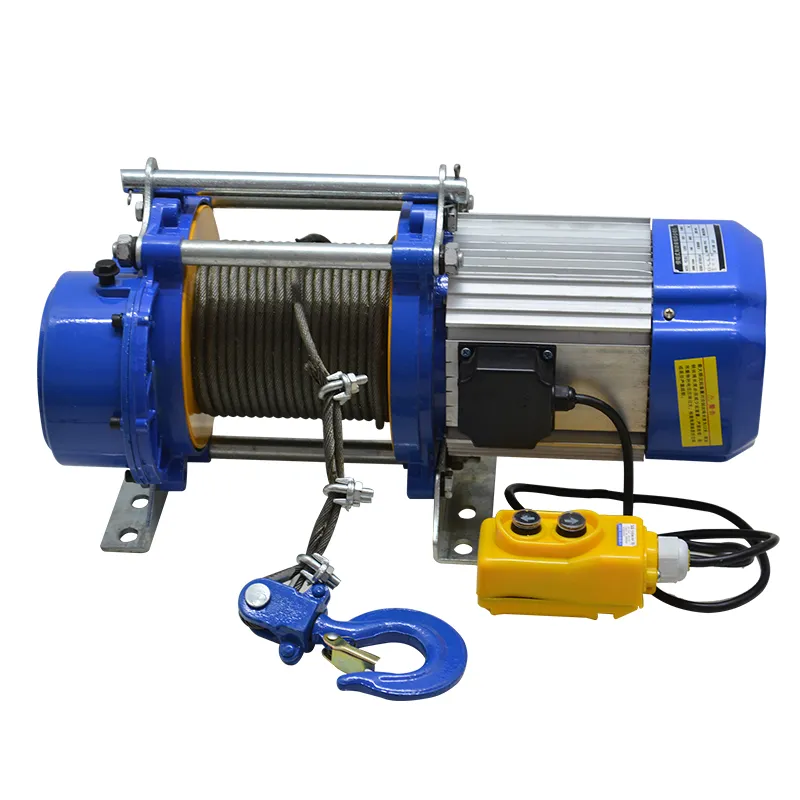


Understanding Chain Blocks and Lever Blocks Essential Tools in Material Handling
In the vast world of material handling, various tools and equipment play critical roles in lifting, moving, and positioning loads. Among these tools, chain blocks and lever blocks stand out as indispensable devices that facilitate these tasks in a safe and efficient manner. This article will explore the features, applications, and benefits of these two types of blocks, shedding light on their significance in various industries.
Chain Blocks A Closer Look
Chain blocks, also known as chain hoists, are durable lifting devices that utilize a chain mechanism to raise and lower heavy loads. Typically mounted overhead or on a beam, these hoists feature a chain, handle, and lifting hook. The operation of a chain block involves pulling the chain, which engages a series of gears and lifts the load connected to the hook. The construction of chain blocks often includes high-strength steel components, ensuring they can handle substantial weight with a high level of safety.
One of the standout features of chain blocks is their ability to lift heavy loads vertically with minimal effort. This makes them ideal for various applications, including construction sites, warehouses, and manufacturing plants. Whether it's lifting heavy machinery, transporting materials, or positioning structures, chain blocks serve as robust tools that enhance productivity.
Lever Blocks An Overview
Lever blocks, often referred to as lever hoists, operate on a slightly different principle compared to chain blocks. Instead of a chain mechanism, lever blocks function through a lever and ratchet system. The user pulls the lever downwards, which engages a series of internal gears. This design allows the lever block to lift and lower loads effectively while providing excellent control over the lifting motion.

Lever blocks are particularly advantageous in situations where space is limited or in environments where precision lifting is crucial. Their compact size and lightweight nature make them suitable for use in tight spaces, such as maintenance projects or rescue operations. Additionally, they are well-suited for both vertical and horizontal lifting, providing versatility in their applications.
Applications in Various Industries
Chain and lever blocks find applications across a broad spectrum of industries, including construction, manufacturing, shipping, and entertainment. In construction and manufacturing, heavy machinery must be lifted and moved regularly, making chain blocks an essential tool for workers. In shipping yards, lever blocks facilitate the loading and unloading of goods from trucks and containers, promoting efficiency in logistics.
In the entertainment industry, chain blocks are commonly used for rigging and setting up stage equipment. Their ability to handle considerable weight while ensuring safety and stability makes them a preferred choice for stagehands and riggers. Furthermore, both chain and lever blocks are integral in rescue operations, where they are employed to lift individuals or equipment from precarious situations.
Conclusion The Importance of Safety and Maintenance
While chain and lever blocks are powerful tools, safety is paramount when using them. Regular maintenance, proper training, and adherence to weight limits are essential to prevent accidents and ensure the longevity of the equipment. Inspecting the condition of the chains, hooks, and other components before each use can significantly reduce the risk of failure.
In summary, chain blocks and lever blocks are vital for effective material handling in various industries. Their unique lifting mechanisms, combined with robust construction, allow them to perform in diverse environments while maintaining safety and efficiency. Understanding the capabilities and appropriate applications of these tools is crucial for any professional involved in material handling, ensuring that operations run smoothly and safely.



